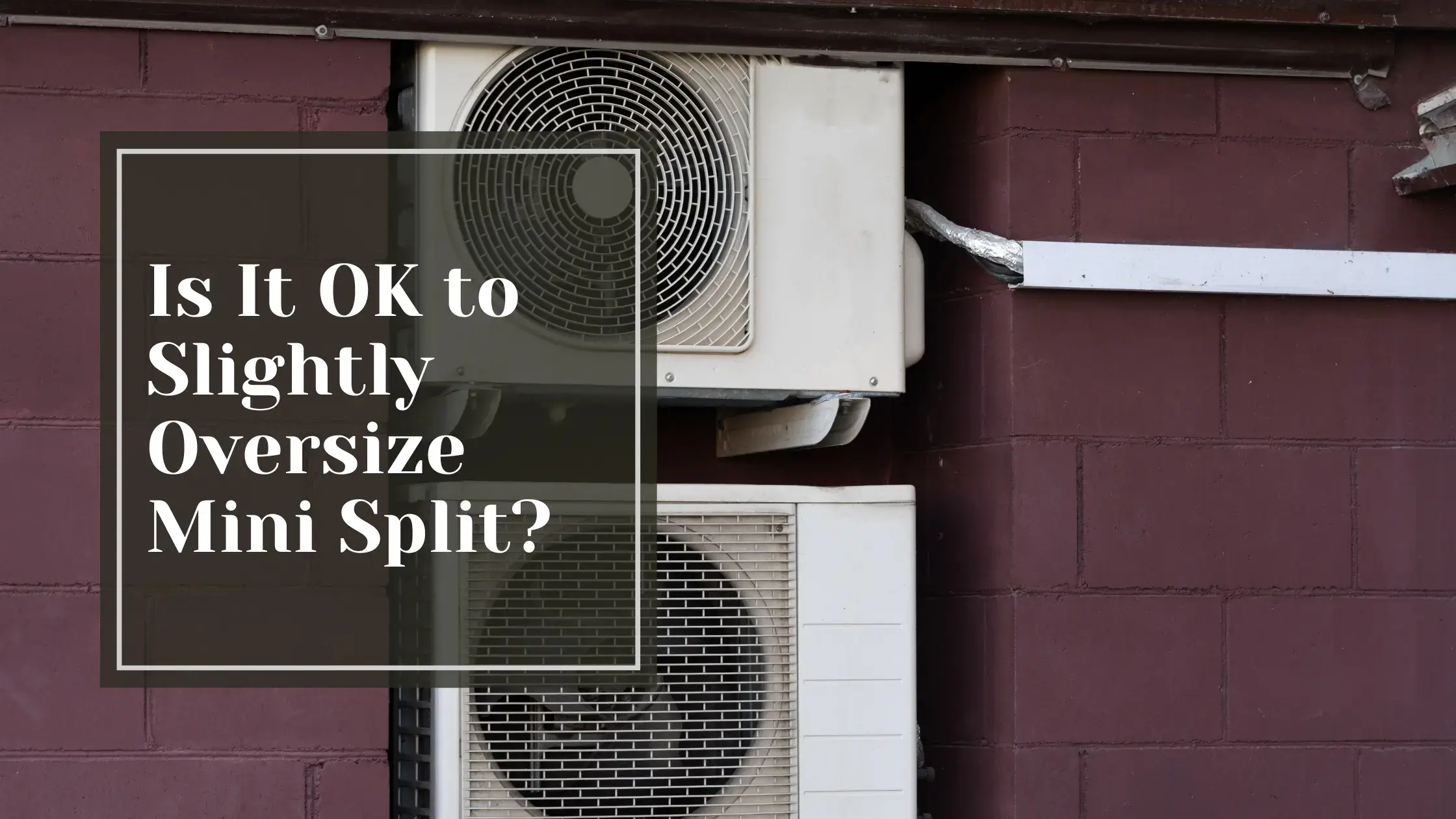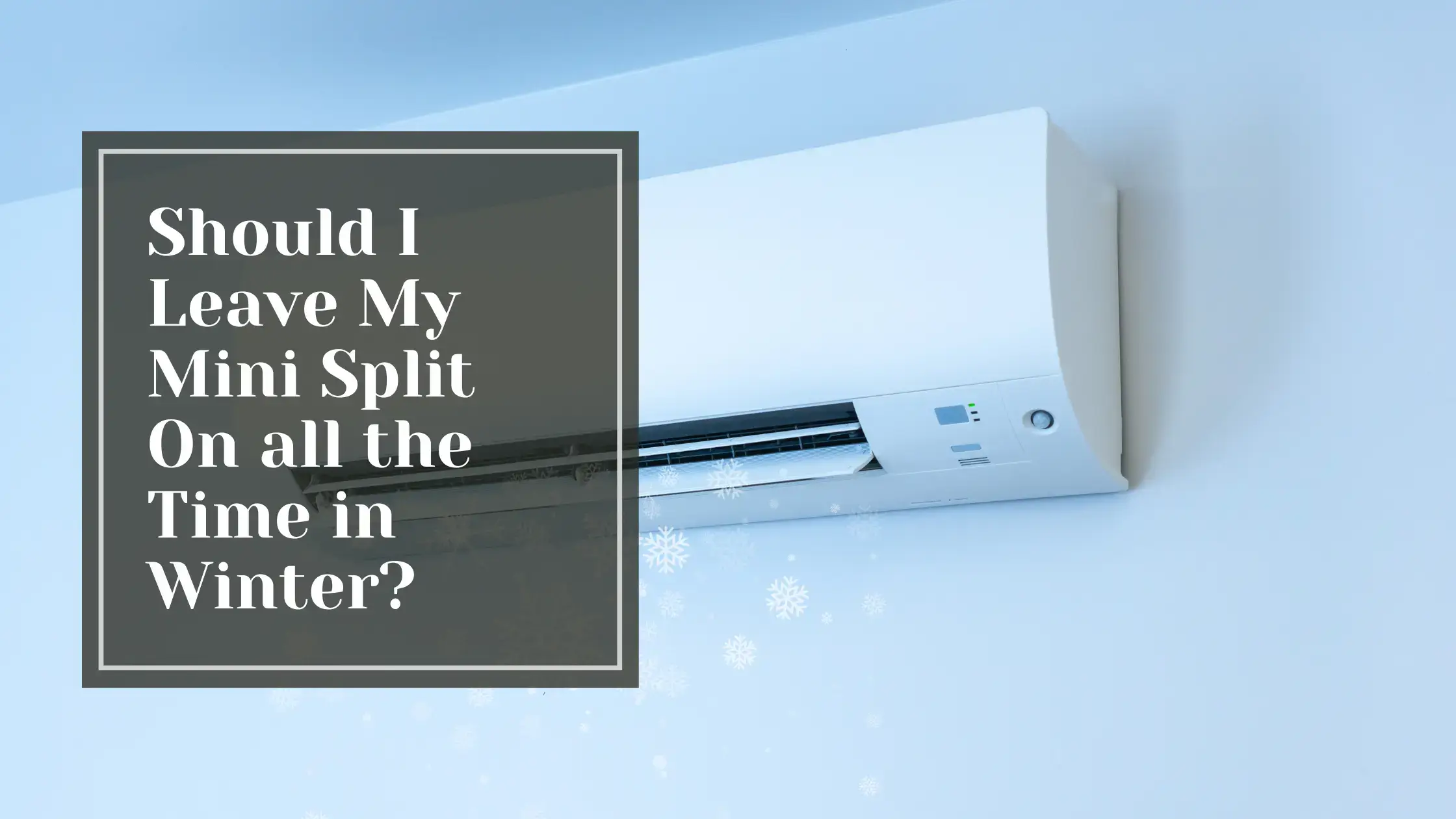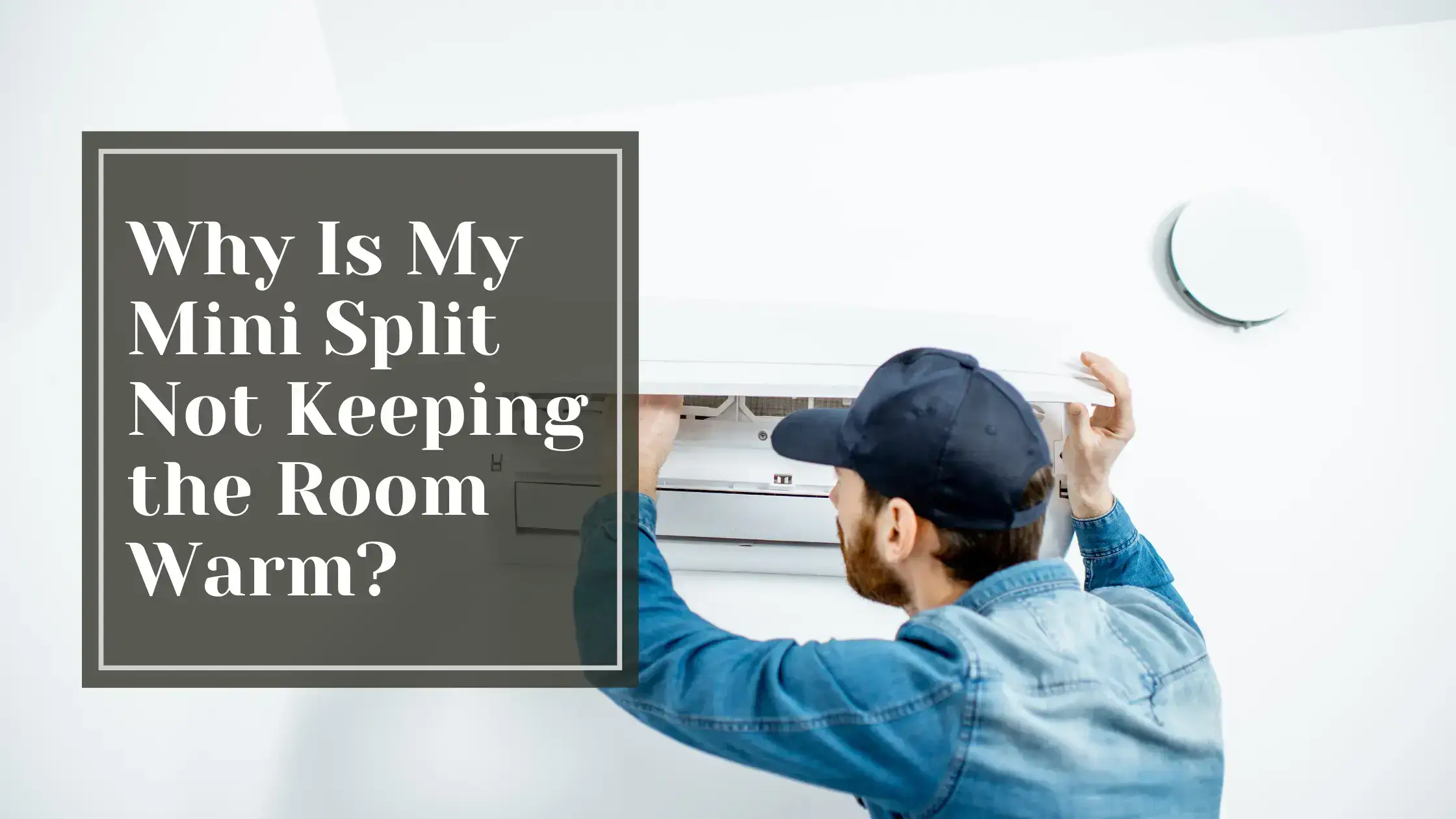The temptation is certainly there - after all, who doesn't want their new AC unit to be as powerful as possible? But before you go overboard, you should consider a few things. An oversized mini split can end up costing you more energy bills and reduce the unit's lifespan. It may also make your rooms feel uncomfortable or cause the unit to cycle on and off frequently. However, going slightly oversized, within reason, is unlikely to cause any major issues and can help ensure maximum comfort on the hottest days. Let The Trade Table tell you what you need to know to make the right choice.
GREE Vireo+ Ultra 30K BTU 18 SEER Wall Mount Mini-Split Single Zone Heat Pump - VIRU30HP230V1A

$4,113.85
GREE Vireo+ Ultra 30K BTU 18 SEER Wall Mount Mini-Split Single Zone Heat Pump The Vireo+ Ultra combines the design of the original Vireo+ system, while extending the operating capacity to -31°F. It has been designed to blend into any… read more
Is It OK to Slightly Oversize Mini Split?
When it comes to mini split units, size does matter. An oversized or undersized unit won’t heat or cool efficiently and could end up costing you more in the long run.
An oversized mini-split will cycle on and off frequently, reducing its lifespan. It will also remove too much humidity from the air, making the space uncomfortable. On the other hand, an undersized unit will run constantly but never adequately heat or cool the room. Explore our mini-split sizing calculator to simplify this process and ensure you choose the right unit for your needs.
Calculating BTU
You need to determine the correct BTU rating to get the right size mini-split. The BTU, or British Thermal Unit, measures how much energy is needed to heat or cool a space. To calculate the optimal BTU, measure the square footage of the room and consider factors like:
-
Insulation: Well-insulated rooms need fewer BTUs. Poorly insulated rooms require more.
-
Windows: Lots of windows mean greater heat/cool loss so you’ll need additional BTUs.
-
Ceiling height: Higher ceilings need more BTUs to heat and cool the extra air volume.
-
Local climate: Colder or hotter climates require higher BTU units. Milder weather needs fewer BTUs.
Once you’ve determined the right BTU for your space, choose a unit that’s as close to that number as possible. It’s better to go slightly larger than needed rather than too small. A properly sized unit will run efficiently, maintain optimal temperature and humidity, and provide years of reliable service.
The Risks of Oversizing Your Minisplit
When it comes to mini-splits, bigger isn't always better. Slightly oversizing your unit may seem tempting, but it comes with some risks you should be aware of:
-
First, an oversized mini split will short cycle, meaning it turns on and off frequently. This reduces efficiency and can shorten the unit's lifespan. It also won't properly dehumidify or filter the air in your space. An oversized unit may cool the room quickly but won't run long enough to effectively control humidity or circulate the air.
-
Second, oversizing leads to less consistent temperatures. The unit will blast cold air to reach the set temperature as fast as possible, then shut off for longer periods until it needs to turn back on. This constant up and down can make the room uncomfortable. The ideal solution is a properly sized unit that can run steadily and keep temperatures consistent.
-
Finally, an oversized mini split costs more to operate. It requires more energy to power a larger system for the same space. Your energy bills will be higher, and you'll end up paying more in the long run.
GREE Livo Gen4 24K BTU 18 SEER2 Wall Mount Mini-Split Single Zone Heat Pump - 4LIV24HP230V1A

$2,023.46
GREE Livo Gen4 24K BTU 18 SEER2 Wall Mount Mini-Split Single Zone Heat Pump The 4LIV24HP230V1AH / 4LIV24HP230V1AO single-zone system is one of Gree’s new 3rd generation of Livo mini splits designed to provide a convenient, efficient method to cool… read more
When Can You Get Away With Slight Oversizing?
Mini-splits are designed to provide efficient heating and cooling for small spaces. As a result, proper sizing is important for energy efficiency and performance. However, in some situations, you can get away with slightly oversizing your mini-split without significant downsides.
When indoor temperatures are extreme
-
If you live in an area with very hot summers or cold winters, a mini-split that’s sized for the average temperature may struggle to keep up during temperature extremes. Oversizing by about 10-15% will give the unit enough extra capacity to handle the hottest and coldest days, while still operating efficiently most of the time.
When the space isn’t well insulated
-
Poor insulation, drafty windows and doors, and lack of weatherstripping can make a space harder to heat and cool. Rather than paying for expensive upgrades, oversizing your mini split by a small amount, around 5-10%, will account for the energy losses and ensure the unit can maintain your desired temperature.
When the usage is variable
-
If you use the space the mini split serves for both residential and commercial purposes, its workload can vary significantly. For example, oversizing a mini split for a small office by around 10% will allow it to keep up with the increased heating and cooling needs when more people are present and office equipment is in use. The rest of the time, the variable-speed compressor will scale back to match the lower demand, keeping operation efficient.
In the end, the key is not to oversize too much. As a rule of thumb, increasing the minisplit size by no more than 15% will allow it to handle increased loads or less ideal conditions when needed, while still operating at peak efficiency most of the time. Any more than that, and you start to lose energy efficiency since the unit will cycle on and off more frequently. By slightly oversizing within reason, you’ll get the best of both worlds—consistent temperature control and lower energy bills.
Best Practices for Sizing Your Minisplit
When installing a mini-split unit, it’s important to consider proper sizing for maximum efficiency and comfort. While slightly oversizing is typically not an issue, there are a few best practices to keep in mind.
Choose the right capacity
-
The capacity of your mini split, measured in BTUs, should match the size of the space you want to heat and cool. An oversized unit will short cycle, turning on and off frequently, which reduces efficiency and can shorten its lifespan. An undersized unit won’t be able to properly control the temperature. As a general rule of thumb, you need 20 BTU per square foot for heating and 6,000 BTU per ton for cooling. Measure your room dimensions to determine the total square footage.
Consider the unit’s SEER rating
-
The SEER or Seasonal Energy Efficiency Ratio indicates how efficiently the unit can cool your space. A higher SEER means lower energy bills. For the best efficiency, choose a mini split with a SEER of at least 15. Newer units may have SEER ratings of up to 26, which can significantly cut your costs.
Choose a model with multiple fan speeds
-
A mini split with variable fan speeds allows for more precise temperature control. Multiple speeds let the unit run at lower power when less heating or cooling is needed, increasing efficiency. Models with at least 3 fan speeds are good for most homes.
Install properly for maximum performance
-
How and where you install the mini split unit impacts its efficiency and lifespan. Place the outdoor compressor in a spot with plenty of air circulation, away from obstacles like bushes that can block airflow. For the indoor air handler, choose a central location and consider the unit’s airflow to ensure even heating and cooling. Follow the manufacturer’s recommendations for installation height and any clearance guidelines. Proper installation is key to getting the most out of your mini split.
Perform regular maintenance
-
To keep your oversized minisplit running efficiently, perform regular maintenance like cleaning filters every 1-3 months, clearing any debris from the outdoor unit, and having a technician service the unit annually. Well-maintained units tend to have longer lifespans and fewer issues, so maintenance is worth the investment.
Following these best practices will ensure your slightly oversized mini split provides comfortable and energy-efficient heating and cooling for years to come. Annual maintenance and choosing an appropriately sized unit for your space are key to maximizing performance.
Is It Fine to Slightly Oversize Mini Split?
So overall, slightly oversizing your mini-split should be fine. Worst case, your utility bills might be a bit higher, but not significantly so. The benefits of oversizing like more consistent temperatures, longer equipment life, and avoiding the need for service calls down the road seem to outweigh any small penalty to efficiency. At the end of the day, you want a system that keeps you comfortable year-round. Don't sweat the small stuff and go ahead and size that minisplit for your needs rather than pinching pennies. Your future self will thank you during the hottest and coldest days of the year when the temperature inside is just right.





